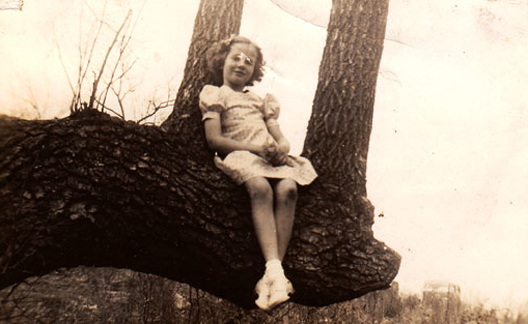Indian Marker Trees
by Kevin Bright
On the old Thomasville Road, there were at least a dozen Indian marker trees between Poe Hill and Thomasville — approximately 25 miles. The old wilderness trails would run along ridge tops. The markers were there to indicate something of importance, primarily a cave or spring. All the ones on that trail were white oak.
May 28, 2009
Indian Marker Tree History
by Joshua Heston
Indian marker trees — also called Indian thong trees for the leather thongs used to pull the saplings into place — served as marker signs, usually pointing to water or shelter. Consequently, surviving marker trees often point from now-forgotten wilderness trails to caves and springs.
Marker trees were usually white oak. The marker tree at Smallin Cave in rural Christian County, Missouri, however, is a black walnut.
Harriet Wills Hamilton, who grew up only a few miles away in rural Rogersville, was photographed on the tree and near the cave in 1940 and 1941.
“I wasn‘t about to go in that cave back then,” remembers Harriet, who was only a small girl at the time. “We had probably brought a cousin and family to the cave for a picnic. My dad stayed up with me. I didn’t like the cave because it was scary. I had no idea the tree was a marker tree then.”
Not many Indian marker trees survive in the Ozarks today. Those that do, however, are a deeply valuable part of our region’s heritage — a tangible reminder of Native American past.
October 10, 2009
Plate 1.
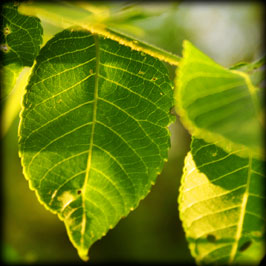
Plate 2.
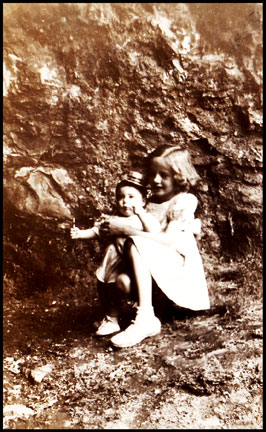
Plate 3.
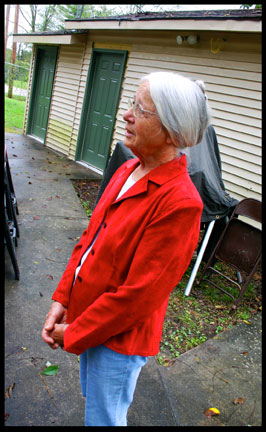
Plate 4.
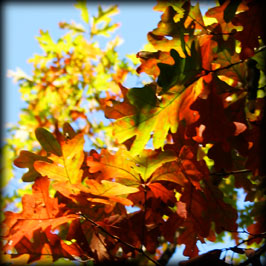
Plate 5.
